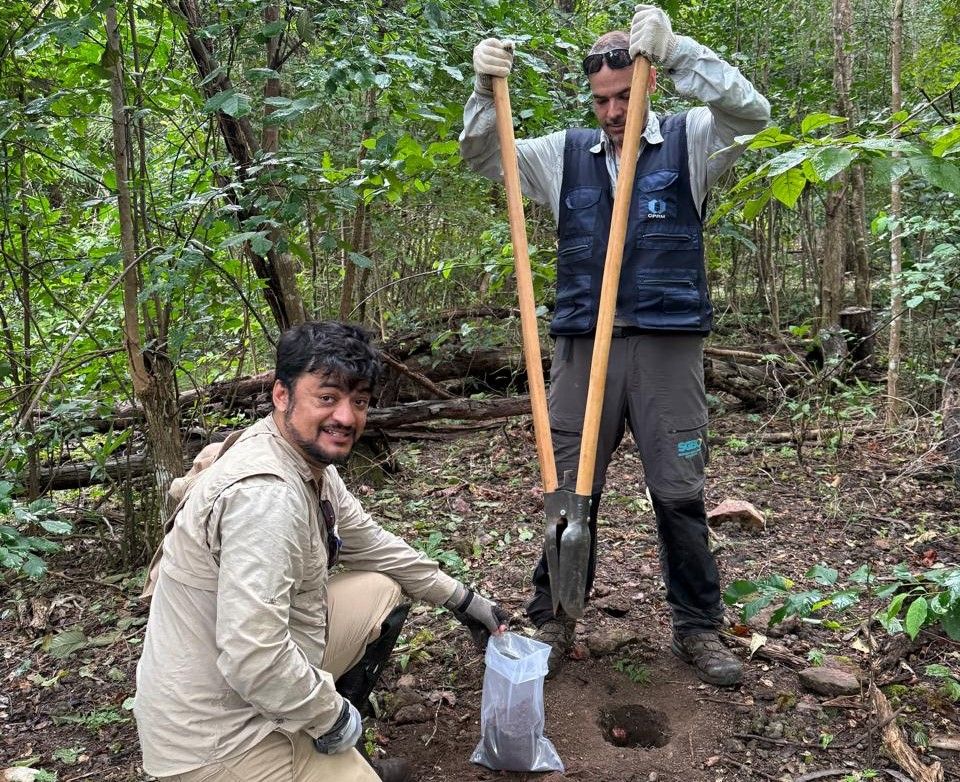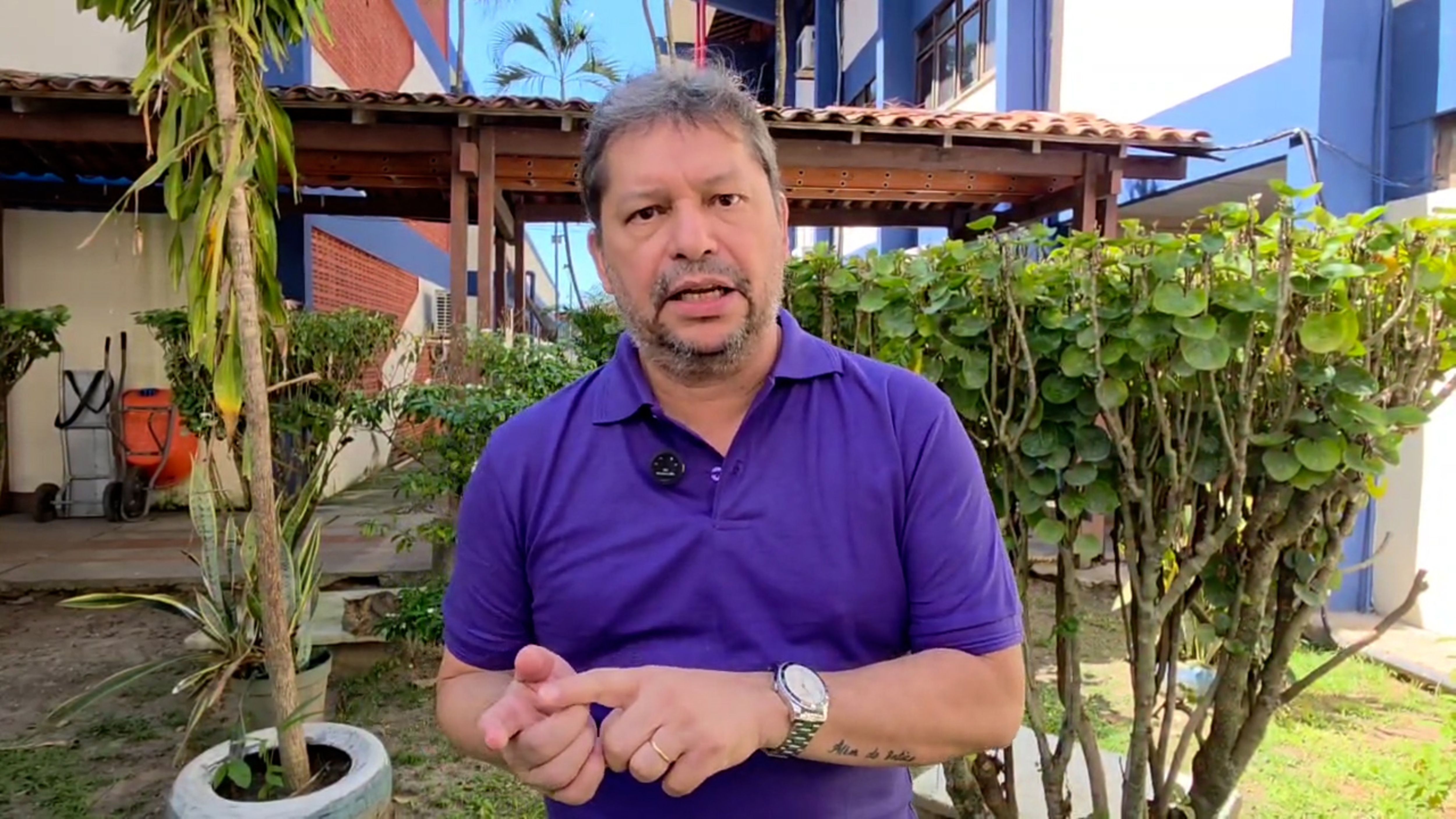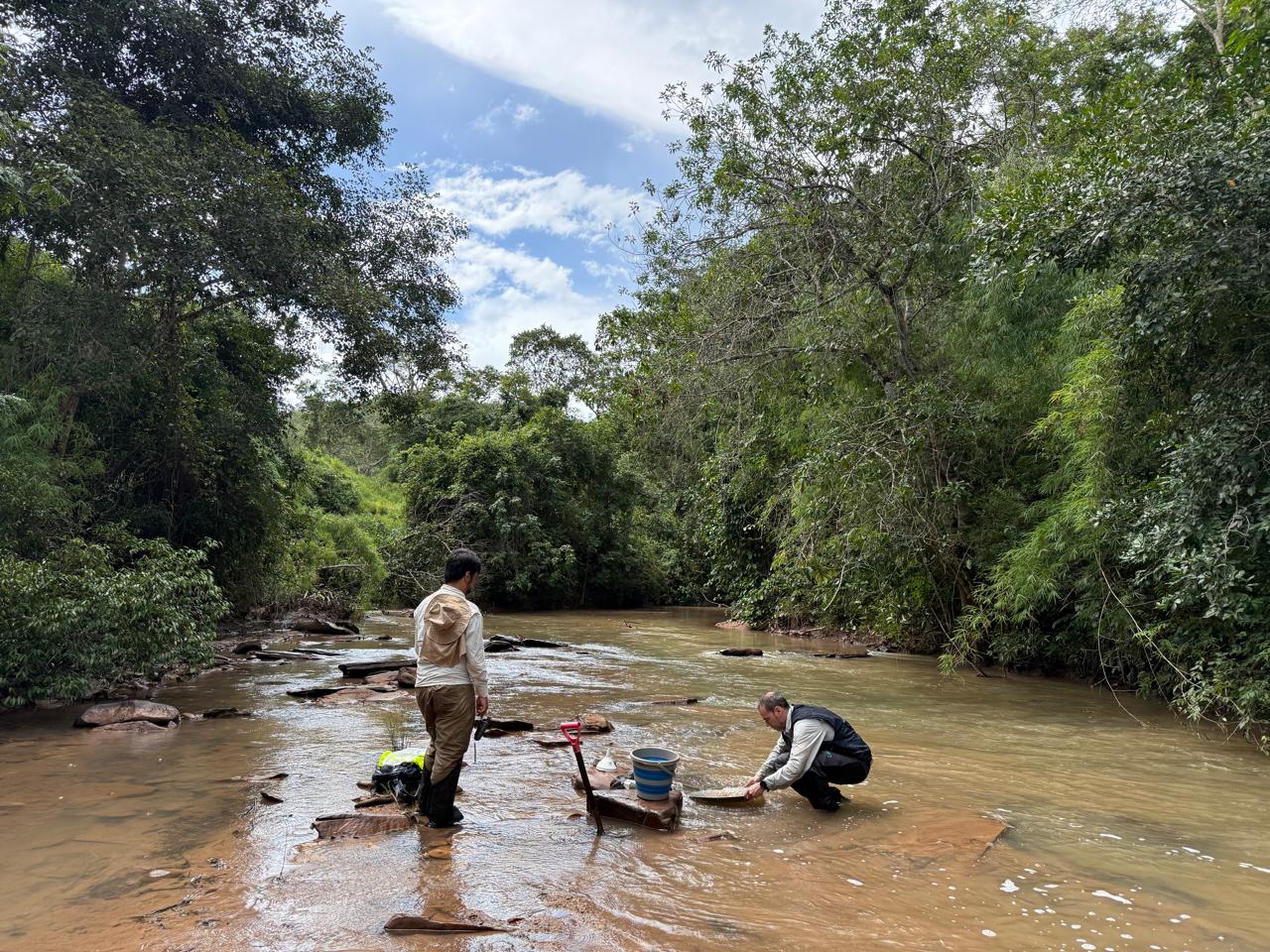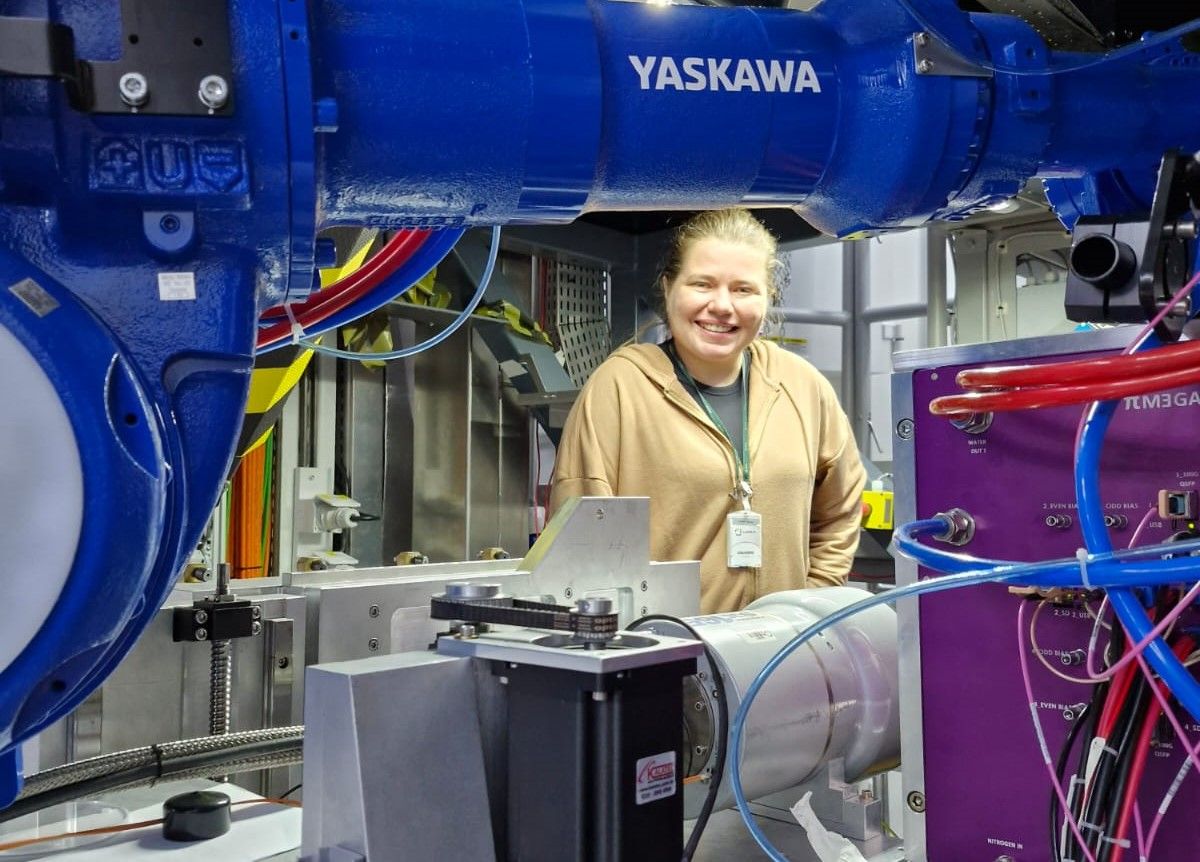Rare earths. At first, the term suggests materials that are difficult to find in nature. But in reality, they’re not that rare: they are minerals from a group of 17 different chemical elements that are relatively abundant in nature, but whose extraction — through separation from other ores — is complex.
In addition to this exploration challenge, which few countries have mastered, these elements are currently highly important to the tech industry: they are used in the manufacture of various electronic devices, wind turbines, batteries, powerful electromagnets, and many other technologies. This makes rare earths — and the ability to extract them — key issues in global geopolitics.
Brazil, considered to have the second-largest rare earth reserve in the world — behind only China, the top extractor of these elements — is seeking to insert itself into this global scenario. The Amazon is part of that effort: known reserves already exist in the state of Amazonas and in other areas under exploration. The country is expected to hold around 21 million tons of extractable reserves.
Despite this enormous potential, rare earth extraction in Brazil is still at an early stage. According to Guilherme Ferreira, PhD in Geology and head of the Economic Geology Division at the Geological Survey of Brazil (SGB), there is only one initiative currently in operation in the country — in the state of Goiás — but other projects are being implemented in Minas Gerais, Bahia, and Amazonas. Additionally, studies point to potential exploration in Rondônia, Roraima, Pará, and Tocantins. “The potential of the Legal Amazon region still requires technical deepening and detailed assessment, respecting legislation and socio-environmental commitments,” the expert emphasizes.
RARE
Lanthanum, cerium, praseodymium, neodymium, promethium, samarium, europium, gadolinium, terbium, dysprosium, holmium, erbium, thulium, ytterbium, lutetium, scandium, and yttrium are the 17 minerals that make up the rare earth group, highly sought after worldwide.
Among their many technological applications, they are used in green technologies such as wind turbines, electric vehicle motors, solar panels, and other renewable energy equipment. “For this reason, they are considered strategic minerals. Brazil has great geological potential in this segment, and the Geological Survey of Brazil has been conducting studies to identify promising areas and boost the development of the value chain,” says Ferreira.
One such initiative is the Rare Earth Potential Assessment Project in Brazil, led by the SGB. “The project involves research to assess known deposits and occurrences, and to identify new areas to expand potential reserves and increase the productive capacity of these minerals in Brazil,” the geologist explains. In addition to the states already mentioned, rare earths are also being prospected in São Paulo, Paraná, and Santa Catarina.

China stands out on the global stage
Global demand for these minerals is massive, but production capacity falls short. China not only holds the world's largest reserves, but also virtually monopolizes extraction technology — an enormous challenge, as efficiently separating rare earths from the minerals in which they naturally occur (such as thorium and uranium, which are radioactive) is difficult. The technologies for separation and purification are advanced and costly. Brazil, for example, still lacks expertise in the separation processes and manufacturing of rare earth-based products, leading to reliance on imported technologies — such as super magnets.
Thanks to this technological dominance, China is responsible for around 70% of global production and 100% of the refining of heavy rare earths (dysprosium, terbium, neodymium, and praseodymium), which are used in the manufacture of super magnets with applications in wind generators and electric motors.
DISPUTE
This scenario has triggered a global economic power struggle. The United States’ imports of these materials were at risk after China imposed export restrictions on rare earths. Amid this trade war, Donald Trump signed a partnership with Ukraine to explore the country’s mineral potential — including rare earths — as a form of reward for U.S. support in the war against Russia.

According to Mário Tito Almeida, PhD in International Relations and professor at Universidade do Estado do Pará (Uepa), the international conflict surrounding rare earths goes beyond the U.S., China, Ukraine, and Russia. “There’s a war happening in Africa because of rare earths — a conflict between Rwanda and the Democratic Republic of Congo, which is being fueled in part by European companies. There are also disputes in Bolivia and Peru over access to these minerals. Access to rare earth elements is a serious issue in the international context, since the electronics industry, renewable energy sector, and even military equipment rely on these resources,” Almeida explains.
In this context, he adds, poorer countries become targets of international interests — sometimes violently. Meanwhile, wealthier countries with these minerals increase their influence in the global system. “Whoever controls this technology ends up shaping the direction of power in the world, especially as it relates to renewable energy,” he states.
Sensitive situation for the Amazon
For Mário Tito Almeida, Brazil’s large rare earth reserves mean that the international dispute affects the country directly. “It’s very strategic for Brazil, so we need to invest in workforce training for exploring this potential and in research to take full advantage of this opportunity for development. But interest comes not only from countries — it comes from multinational corporations as well. So, we need to protect ourselves and ensure our sovereignty in these matters,” he says.
As for the Amazon, the professor believes the situation is even more sensitive. “In addition to needing region-specific studies, we must consider environmental issues to balance development with the environmental impacts of mineral exploration. The people of the Amazon have already suffered many more negative than positive effects from such exploration. So, institutions must assess these impacts, value local research institutions and maintain a serious dialogue with local communities. Transparency is essential, ensuring that interests are clearly stated and the ecosystem’s balance is truly respected,” he suggests.

Socio-environmental issues make it unfeasible, says scientist
According to Ponciana Aguiar, PhD in Geology and Geochemistry and professor at Universidade Federal do Pará (UFPA), although rare earths are important for the energy transition — since they are part of the production of sustainable energy technologies — their extraction carries high ecological risk and has been considered polluting in several countries.
“The socio-environmental impacts of rare earth extraction are numerous and diverse. Mining is the activity that causes the most degradation to soil, air, landscape, waters, forests, and the populations living in these areas. The risk of ecological imbalance in river basins in the state of Amazonas — where rare earths have already been discovered — is extremely high and may bring devastating consequences to the Indigenous peoples of Terra Indígena Pitinga, especially because the waste from this mining contains highly dangerous radioactive material that can lead to acute illnesses and death,” warns the researcher.
Given the potential for such impacts, Ponciana considers rare earth extraction currently unfeasible in the Amazon. “Brazil still lacks the technology to process rare earths, which would generate profits for a few and lead to the export of cheap raw materials. The country should first invest in technological advancements for the production and processing of rare earths — and especially in ways to minimize socio-environmental and climate impacts,” she argues.
RESEARCH
The technological advances pointed out by Ponciana for more sustainable rare earth extraction are already being researched in Brazil, as well as the potential applications of these minerals in technology.

In April of this year, R$10.2 million was announced for the activities of the project Advanced Rare Earth-Based Materials: Innovations and Applications (Materia), linked to the National Institute of Science and Technology (INCT)). The initiative, involving fifteen research institutions, aims to promote the development of innovative materials based on these minerals and strengthen the country’s technological sovereignty, with impacts on renewable energy.
The project is coordinated by Universidade Federal do Amazonas (Ufam) and includes two other Amazonian institutions: Instituto Federal do Amazonas (Ifam) and Universidade Federal do Oeste do Pará (Ufopa). The initiative has three main research fronts: sustainable extraction of Brazilian rare earths; studies on complex ceramics used in optoelectronic devices, sensors, and other cutting-edge equipment; and the development of permanent magnets, essential for electric vehicle motors, wind turbines, and industrial equipment.
According to Querem Rebelo, PhD in Physics and professor at Ufopa, the project aims to help structure the rare earth production chain — from extraction and processing to element recycling. “In addition, we intend to develop innovative materials, such as magnetic materials and catalysts. Ufopa plays a strategic role in prospecting and mineralogical characterization of these materials. My work is to determine the structural, optical, and magnetic properties of these compounds, both the naturally occurring ones and those that will be synthesized and produced using these elements,” explains the expert.
For her, the participation of Amazonian research institutes in this context is essential. “This project places Ufopa on the national stage of the rare earth chain, integrating a multidisciplinary national network focused on sustainable mining and the development of new materials, contributing to regional development,” she emphasizes.
FUTURE
Guilherme Ferreira, from the Geological Survey of Brazil, states that Brazil has great potential amid the growing global demand for rare earths, which are strategic for the energy transition. “The country is already recognized as a player in this market and could further consolidate its position in the short and medium term as projects evolve toward commercial production. In this way, Brazil could become one of the world’s major producing hubs for these resources — if it invests in the complete production chain with socio-environmental responsibility,” the geologist concludes.
INSTITUTIONAL PARTNERSHIP
The production of Liberal Amazon is one of the initiatives of the Technical Cooperation Agreement between the Liberal Group and the Federal University of Pará. The articles involving research from UFPA are revised by professionals from the academy. The translation of the content is also provided by the agreement, through the research project ET-Multi: Translation Studies: multifaces and multisemiotics.